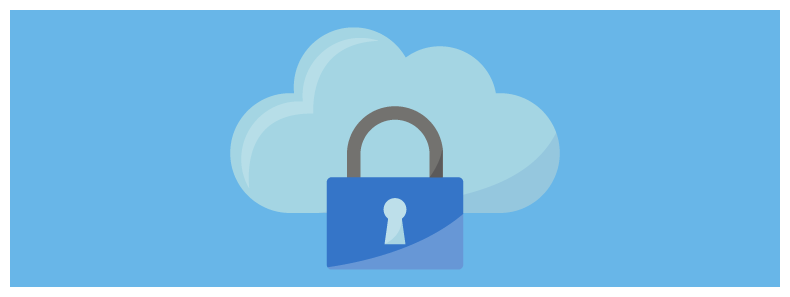How to Keep The “New Normal” From Being the Next Cyber Security Headache?
None of us anticipated that we would have to shutter down offices and experience mass-scale remote working in just a few days. But here we are, in the new reality ushered in by the COVID-19 pandemic. Amidst the frantic rush to ensure robust online access for business continuity, critical considerations of cybersecurity took a backseat. Cloud security solutions, owing to ease deployment and hassle-free adaptability, were onboarded without in-depth research and POCs.
Cloud security management, especially while working with public clouds, differs starkly from on-premises security management. Traditional workloads need to be refactored and adapted to some extent to securely migrate them into the cloud. The hurried approach to remote working and unplanned onboarding of remote working tools and cloud security solutions are creating major gaps in cloud security management. They are making cybersecurity an ever-present headache for IT security teams.
How to Ensure That the New Normal Doesn’t Turn into the Next Security Headache?
1. Continuous and Effective Education

Attackers are leveraging sophisticated means and technology to target the biggest security gap that exists in this new normal – the humans. Right from the beginning of the pandemic, we have seen a rapid increase in the number of social engineering and logic engineering attacks targeting the remote workforce.
Remote working and use of personal devices are going to continue even post-pandemic. So, the most critical step to improve security is the continuous education of employees, customers, and other human users. They need to be aware of phishing and scams which leverage their fears and innate vulnerabilities to make them download malware, divulge passwords, and other sensitive information, etc. The human users must know how to avoid falling prey to such scams. Also, every user must understand the importance of good digital hygiene.
2. Take Stock
Organizations need to identify the vulnerabilities created by the accelerated adoption of new tools and technology. They must assess the exploitability of these new vulnerabilities, the emerging threat landscape, and how it impacts their risk profile.
Apart from regular scanning of all systems, devices, and endpoints of the new IT infrastructure, security audits and security testing must be conducted. This way, they can understand the security posture and the strength of the cloud security solutions in place.
3. Redesign Security Strategies, Policies, and Controls
The pandemic has triggered several changes in the IT infrastructure and capabilities, business processes and logic, the risk profile, workflows, threat landscape, attack vectors, and so on. So, it is critical to redesign and restructure all security strategies, policies, and controls, especially those related to remote work, cloud security management, BYOD devices, incident response plans, digital hygiene standards, and so on.
4. Robust Access Controls
Now more than ever, it is vital to harden access controls. All users (employees included) must acquire remote access to the organization’s data, resources, and systems based on the principle of least privilege. When offices do open, organizations need to ensure that there are no security outliers. Access privileges need to be continuously updated. Multi-factor authentication must be enforced. This way, organizations can ensure that there are no cracks for bad actors to enter.
5. Secure Remote Access Technology
Given that remote work is here to stay even after the pandemic, organizations need to have secure remote access technology in place. For instance, cloud-based secure virtual desktop technology enables users to have private and secure access to the organization’s data and systems without a VPN.
Cloud-based security solutions placed on the network perimeter and backed by CDN (Content Distribution Networks) ensure leakage prevention and minimize the attack surface. The best solutions ensure security and scalability.
6. Documentation for the Future

Security leaders and IT security teams share the learning from this unprecedented crisis. Documentation will help them do so while also learning from past mistakes to prepare for future pandemics and crises.
The Way Forward: Onboard a Holistic, Intelligent and Managed Cloud Security Solution
Moving forward, organizations need to find and engage with trusted security service providers to enable dynamic scalability and security resilience. They need to evaluate the effectiveness of their current security solutions and replace them with robust cloud security solutions that will aid them to face future disruptions in an agile manner without panic.
Intelligent, managed, and holistic cloud-based security solutions like AppTrana combine leading-edge technology with the expertise of certified security professionals to ensure effective cybersecurity. With AppTrana, organizations can identify and mitigate risks proactively, gain full visibility into your IT infrastructure, and manage security remotely.
Take corrective actions now and keep the new normal – the post-pandemic normal – from becoming the next cybersecurity headache!

 September 22, 2020
September 22, 2020




